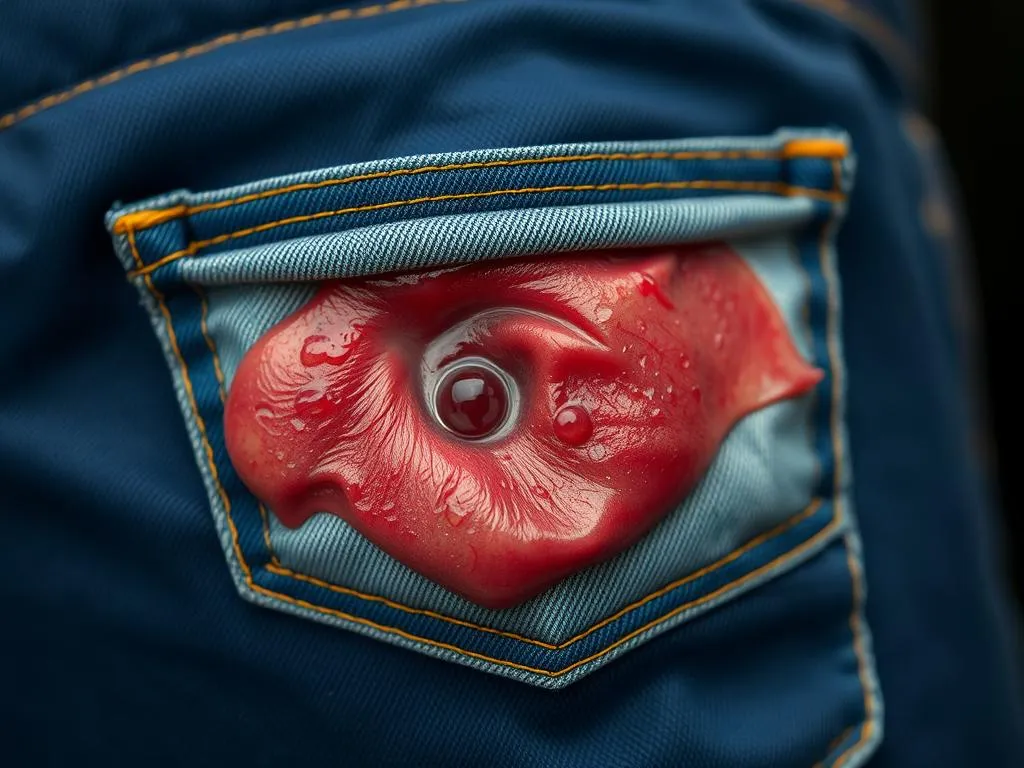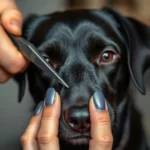
Maintaining the health of our canine companions is vital to their overall well-being, and this is particularly true for breeds like bulldogs. Bulldogs are known for their distinctive features, including their unique tail structure, which presents its own set of health challenges. One of the notable issues bulldog owners may encounter is a bulldog tail pocket infection. Understanding what tail pockets are and how to care for them can significantly enhance your pet’s quality of life.
Understanding Bulldog Tail Pockets
What is a Tail Pocket?
A tail pocket is a small fold of skin located at the base of a bulldog’s tail. Unlike many other breeds, bulldogs have a short, stubby tail that can sometimes create a skin fold, leading to a pocket-like structure. This anatomical feature is not just a quirk; it serves a purpose in the dog’s overall anatomy, but it can also lead to specific health concerns.
Why Do Bulldogs Have Tail Pockets?
From an evolutionary perspective, the tail pocket serves as a protective fold that can help with temperature regulation and provide some insulation. However, due to the breed’s unique form, the tail pocket can trap moisture and debris, making it a potential breeding ground for bacteria and infections.
Tail Pocket Variations Among Breeds
While bulldogs are well-known for their prominent tail pockets, not all breeds share this characteristic. For instance, some brachycephalic breeds also have skin folds, but their tail structures differ significantly, resulting in varying risks for infections. Understanding these differences can help pet owners recognize the specific needs of bulldogs compared to other breeds.
Tail Pocket Infections: An Overview
What is a Tail Pocket Infection?
A bulldog tail pocket infection occurs when bacteria or yeast proliferate in the damp environment of the tail pocket, leading to inflammation and discomfort. Infections can cause symptoms ranging from mild irritation to severe distress for the dog.
Causes of Tail Pocket Infections
Several factors can contribute to the development of a tail pocket infection:
- Poor hygiene and grooming: Neglecting to clean the tail pocket can lead to a buildup of dirt and moisture.
- Environmental factors: Wet or dirty conditions can exacerbate the risk of infection.
- Genetic predisposition: Bulldogs, due to their specific anatomy, are more susceptible to developing infections in this area.
Recognizing Symptoms of Tail Pocket Infections
Common Symptoms
Being able to identify a bulldog tail pocket infection early is crucial for treatment. Common symptoms include:
- Redness and swelling: The skin around the tail pocket may appear inflamed.
- Discharge and odor: A foul-smelling discharge can be a clear sign of infection.
- Dog’s behavior changes: If your bulldog is excessively licking the area, seems uncomfortable, or is displaying signs of pain, these may indicate an issue.
When to Seek Veterinary Help
Early detection of a tail pocket infection is critical. If you notice persistent swelling, discharge, or behavioral changes, it’s essential to consult a veterinarian. Signs that require immediate veterinary attention include:
- Severe swelling or redness
- Excessive discharge
- Behavior indicating extreme discomfort or distress
Treatment Options for Tail Pocket Infections
Home Remedies
While professional veterinary care is often necessary, there are several home remedies that can help manage mild cases:
- Cleaning techniques and solutions: Gently clean the tail pocket with a mixture of warm water and mild soap or saline solution.
- Natural remedies: Coconut oil and apple cider vinegar have natural antibacterial properties and can be used to soothe mild infections.
Veterinary Treatments
In more severe cases, your veterinarian may recommend:
- Common medical treatments: Antibiotics or anti-inflammatory medications are often prescribed to combat infections and reduce discomfort.
- Surgical options: In chronic or severe cases, surgical intervention may be necessary to remove the infected tissue or to modify the tail pocket.
Post-Treatment Care
After treatment, follow-up care is crucial. This includes:
- Importance of follow-up care: Ensure your bulldog returns for follow-up appointments to monitor the healing process.
- Ongoing hygiene practices: Regular cleaning of the tail pocket can help prevent re-infection.
Prevention of Tail Pocket Infections
Regular Grooming and Hygiene Practices
Preventing a bulldog tail pocket infection starts with proper grooming and hygiene:
- Recommended grooming frequency: Aim for a cleaning routine at least once a week.
- How to properly clean a bulldog’s tail pocket: Use a damp cloth to wipe the area, ensuring you dry it thoroughly afterward to prevent moisture buildup.
Healthy Lifestyle Choices
Maintaining a healthy lifestyle for your bulldog can also help prevent infections:
- Importance of a balanced diet: A nutritious diet supports overall health and immune function.
- Regular exercise and its role in overall health: Keeping your bulldog active can help maintain a healthy weight and reduce the risk of skin issues.
Monitoring for Early Signs of Infection
Being proactive is key:
- Routine checks for cleanliness: Regularly inspect your bulldog’s tail pocket for any signs of irritation or infection.
The Role of the Veterinarian
Choosing the Right Veterinarian
Finding a veterinarian experienced with bulldogs is essential. Look for:
- What to look for in a vet experienced with bulldogs: Seek practitioners familiar with the breed’s specific health issues, particularly with skin and tail pocket concerns.
Regular Health Checks
Routine veterinary visits are crucial in maintaining your bulldog’s health:
- Importance of routine vet visits for bulldogs: Regular check-ups can help catch potential health issues before they become serious.
- What specific health issues to discuss with the vet: Be sure to address any concerns related to skin conditions, allergies, and tail pocket care during visits.
Conclusion
Taking care of a bulldog involves understanding their unique health needs, particularly regarding their tail pockets. Recognizing the signs of a bulldog tail pocket infection and knowing how to address and prevent these issues can significantly enhance your pet’s quality of life. By prioritizing hygiene, nutrition, and regular veterinary care, you can ensure that your bulldog remains healthy and happy. The responsibility of dog ownership is profound, but with love and proper care, you can provide your bulldog with a long, fulfilling life.









